Abnormal signs

The world's driest desert, the Atacama, suddenly appeared with a rare snowfall scene (Photo: AFP).
The Atacama Desert in northern Chile, known as the driest place on earth, has just experienced an extremely rare weather phenomenon: a blanket of snow. The event has amazed both the scientific community and local residents.
Images circulating on social media platform X show a thick layer of snow covering the barren land, creating an unprecedentedly majestic scene in the land famous for its near-zero humidity. However, this phenomenon also raises many questions about the change in the weather laws that are considered stable here.
Although scientists cannot yet say with certainty that the snowfall in the Atacama is a direct result of climate change, current climate models point to an increase in extreme weather events in arid regions.
Snow cover in the central Andes, bordering the Atacama, is declining by an average of 19% per decade, according to research using MODIS satellite data. In warmer regions, the decline is as high as 24%, accompanied by a gradual loss of snow days.
Additionally, factors such as the Southern Oscillation (SAM) and El Niño/La Niña phenomena are having a marked effect on wind direction and the amount of moisture in the air, leading to changes in the location and frequency of snowfall.
In the Atacama, where average humidity is lower than that of the polar deserts and rainfall is just a few millimeters per year, any small change can have major consequences, from the risk of geological erosion to the imbalance of already limited water resources.
Increasing climate extremes: A wake-up call for humanity
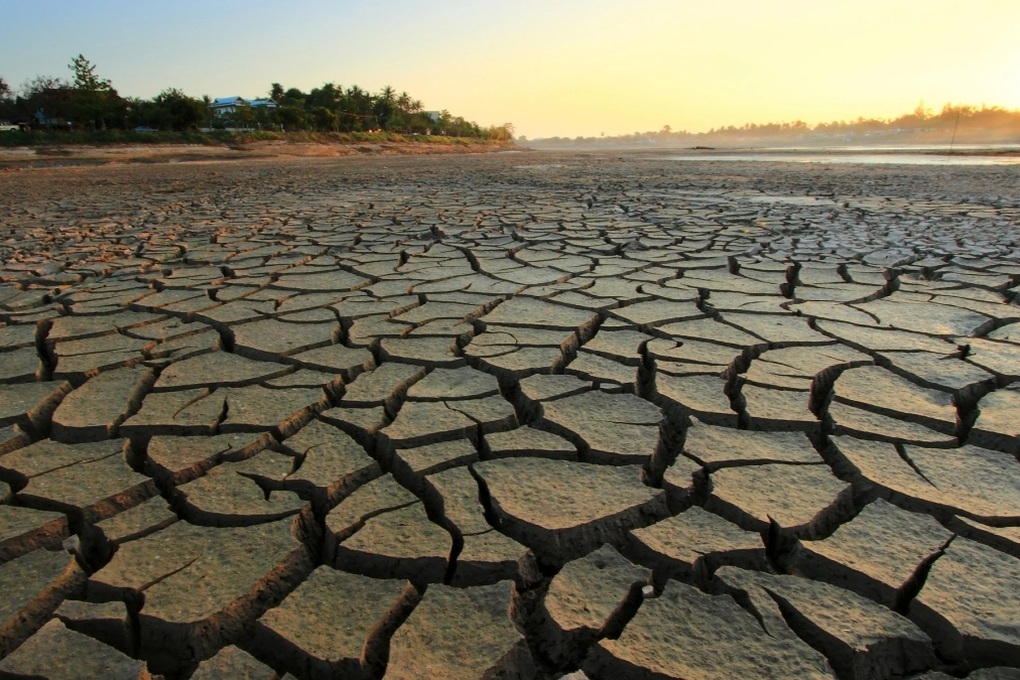
The world is experiencing what scientists are calling a new state of extreme weather (Photo: Getty).
In recent years, the world has witnessed an alarming increase in extreme climate events, from record heatwaves, historic floods to snowfall in the driest places on the planet.
In particular, 2024 and the first half of 2025 have recorded a series of unusual weather events with unprecedented intensity, scale and frequency, pushing humanity into the risk of what scientists call a "new state of extreme weather" on Earth.
According to a report by the World Meteorological Organization (WMO), 2024 was the hottest year ever recorded, when the average global temperature surpassed all previous records.
In Asia, the widespread heat wave caused many areas in India, Bangladesh, and Myanmar to record temperatures above 48°C, disrupting learning and production and causing tens of thousands of heatstroke cases.
At the same time, South America faced a series of large-scale forest fires in Bolivia and Venezuela; Europe was hit by Hurricane Boris, causing devastating floods across Western Europe, while in Brazil and West Africa, floods left hundreds of thousands homeless.
Even the once stable Arctic and Antarctica have experienced heatwaves that have caused ice to melt faster than any climate simulations predicted, with some regions experiencing temperatures as much as 28°C above average.

Prolonged greenhouse gas emissions are one of the reasons why the climate is getting worse (Photo: Getty).
Climate experts say the main cause of this unusual series of events is a combination of global climate change due to long-term greenhouse gas emissions and the influence of natural climate phenomena such as El Niño and the Southern Oscillation (SAM).
The latest climate models show that the “frequency and intensity” of extreme weather will no longer be the exception, but rather become the norm in the coming decades.
Extreme heat is coming earlier and lasting longer, such as the “heat dome” that blanketed the entire eastern United States in June, or the heat wave in Europe that sent countries like the UK, Ireland, and France into summer with temperatures of 34–41°C in the first weeks.
The rapid and widespread increase in extreme climate events is not just a weather problem, but has become a global crisis of health, food security, water resources and migration.
According to UN estimates, more than 800,000 people will be forced to leave their homes due to natural disasters in 2024 alone. In addition to the physical damage, natural ecosystems have also been severely damaged: global coral reefs are experiencing the largest bleaching event in history, affecting more than 84% of the world’s reefs, seriously threatening marine biodiversity.
In that context, climate experts and international organizations once again warn: humanity is approaching the "irreversible threshold" of climate.
Without drastic action to cut emissions, invest in renewable energy, and build resilient climate systems, extreme heat, catastrophic floods, and snowfall in the desert will no longer be the exception, but the new norm of an Earth out of balance.
With the warning clearer than ever, the question is: Will we act before it is too late, or will we continue to watch nature react with increasing violence?
Source: https://dantri.com.vn/khoa-hoc/vi-sao-tuyet-roi-trang-xoa-sa-mac-kho-can-nhat-the-gioi-20250627115732870.htm



![[Photo] Prime Minister Pham Minh Chinh meets with Speaker of the New Zealand Parliament Gerry Brownlee](https://vphoto.vietnam.vn/thumb/1200x675/vietnam/resource/IMAGE/2025/8/28/cec2630220ec49efbb04030e664995db)
![[Photo] General Secretary To Lam presents the 45-year Party membership badge to comrade Phan Dinh Trac](https://vphoto.vietnam.vn/thumb/1200x675/vietnam/resource/IMAGE/2025/8/28/e2f08c400e504e38ac694bc6142ac331)

![[Photo] Politburo works with the Standing Committee of Cao Bang Provincial Party Committee and Hue City Party Committee](https://vphoto.vietnam.vn/thumb/1200x675/vietnam/resource/IMAGE/2025/8/28/fee8a847b1ff45188749eb0299c512b2)
![[Photo] Red flag with yellow star flutters in France on National Day September 2](https://vphoto.vietnam.vn/thumb/1200x675/vietnam/resource/IMAGE/2025/8/28/f6fc12215220488bb859230b86b9cc12)
![[Photo] General Secretary To Lam attends the opening ceremony of the National Achievements Exhibition](https://vphoto.vietnam.vn/thumb/1200x675/vietnam/resource/IMAGE/2025/8/28/d371751d37634474bb3d91c6f701be7f)


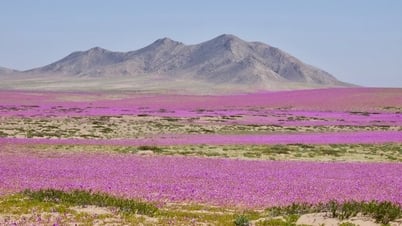


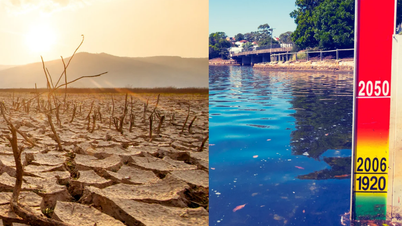

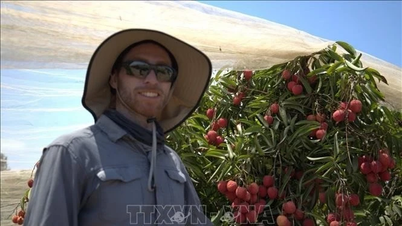

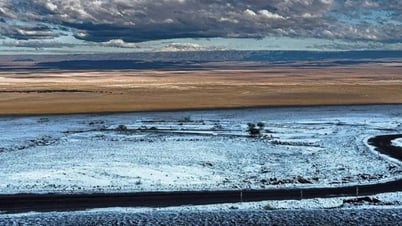





































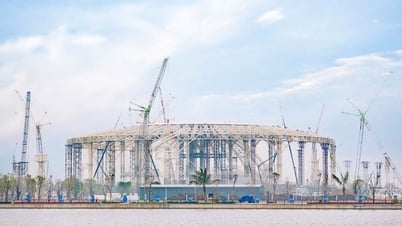










































Comment (0)